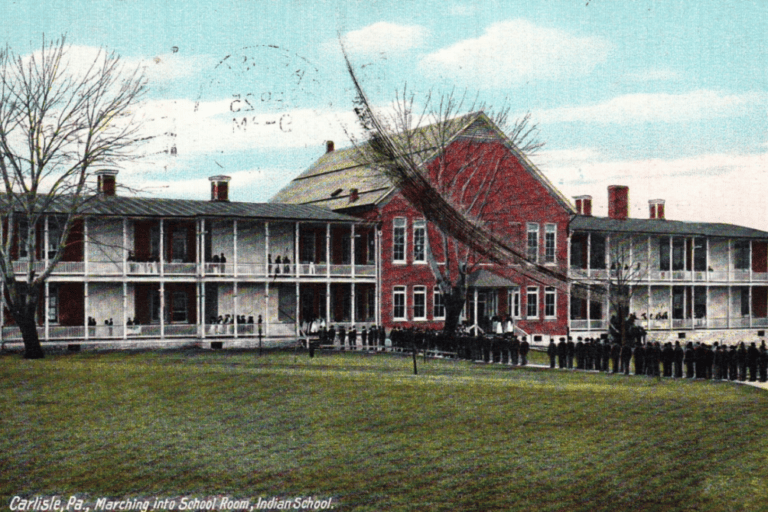Eventful Month in Death Valley: Vehicle Fires, Emergency Plane Landing, Power Outage, Burned Feet, Heat Illness, Fatalities
Several different incidents have occurred in Death Valley National Park so far in July. Many, but not all, were related to the extreme heat that scorched the desert park in southern California in the past few weeks.
July Incidents and Events in Death Valley National Park
Fatalities
On Saturday, July 6, a visitor traveling through Death Valley on a motorcycle died from heat exposure near Badwater Basin.
Another person from the same motorcycle group was transported to advanced medical care in Las Vegas to be treated for severe heat illness. Four other motorcyclists were treated onsite. The high temperature recorded on July 6 was 128°F (53.3°C), which broke the daily record.
Overheating or hyperthermia is the sixth most common cause of death in national parks. You can read more about how people die in national parks here.
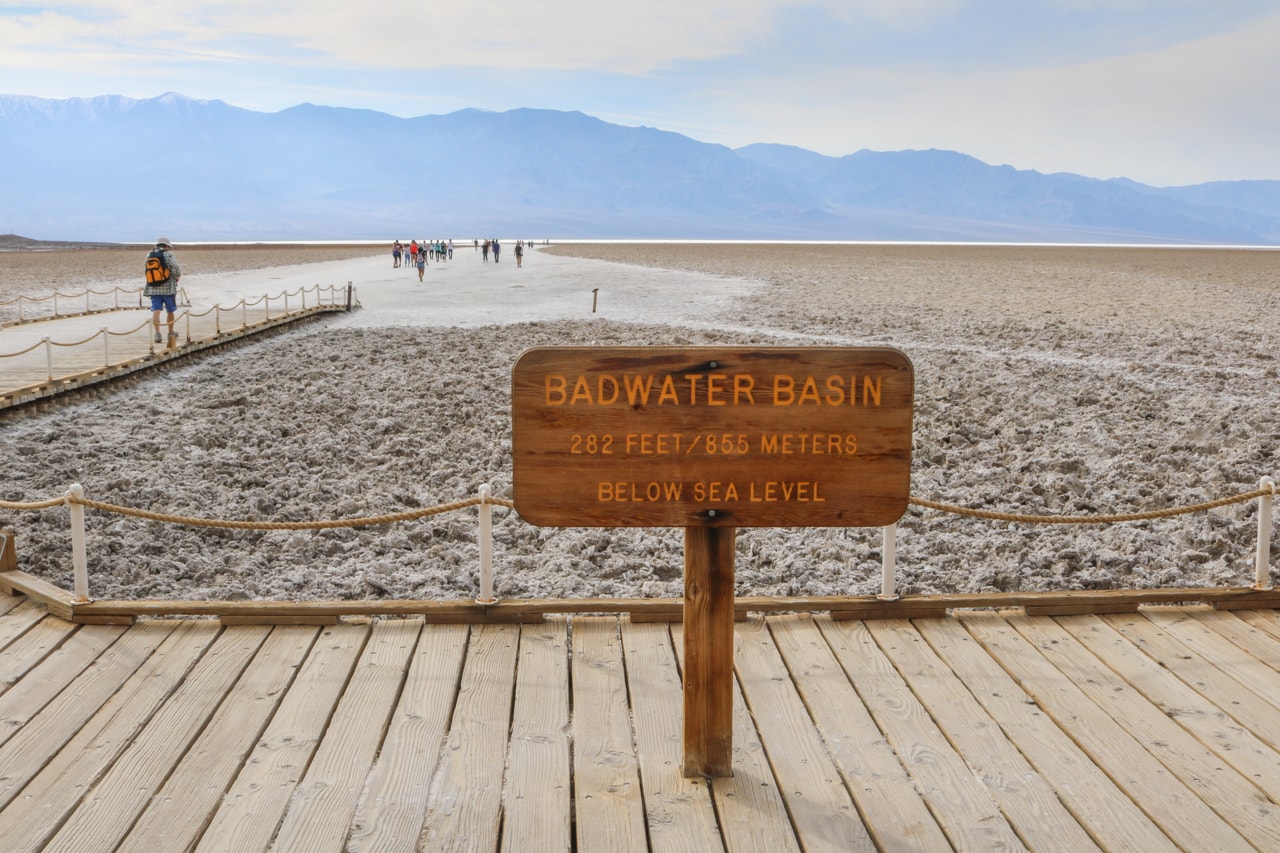
On Saturday, July 20, two people died in Death Valley National Park in unrelated incidents.
Tony Balderrama, Operations Manager at Stovepipe Wells Village, was found deceased in his residence of apparent medical causes. Balderrama had been a member of the Death Valley community for many years. The National Park Service and Inyo County responded.
A woman from Pahrump, Nevada, was found deceased in her vehicle near CA-178. Initial appearances are that the woman died by suicide.
If you or someone you know is in emotional crisis, dial 988 for free and confidential support from the National Suicide Prevention Lifeline. The toll-free lifeline is available 24 hours a day, 7 days a week. The service is available to anyone, and all calls are confidential.
Vehicle Fires
On Monday, July 15, multiple agencies responded to a truck fire on CA-190 in Death Valley National Park.
The driver was uninjured, but the stake-bed truck was destroyed in the fire. The vehicle fire appears to have been caused by overheated brakes while descending Towne Pass, while air temperatures were around 120°F (48.9°C).
The Federal Interagency Communications Center received several reports of the fire, at least one of which misreported the location as being in Panamint Valley. The fire was between Stovepipe Wells and Emigrant Junction.
National Park Service park rangers responded in an ambulance and patrol vehicles. The NPS was not able to respond with a fire engine due to staffing levels. San Bernardino County Fire Protection District, Beatty Fire Service, and the Bureau of Land Management’s California Desert District Fire provided fire response. The first engine arrived 90 minutes after the fire was reported.
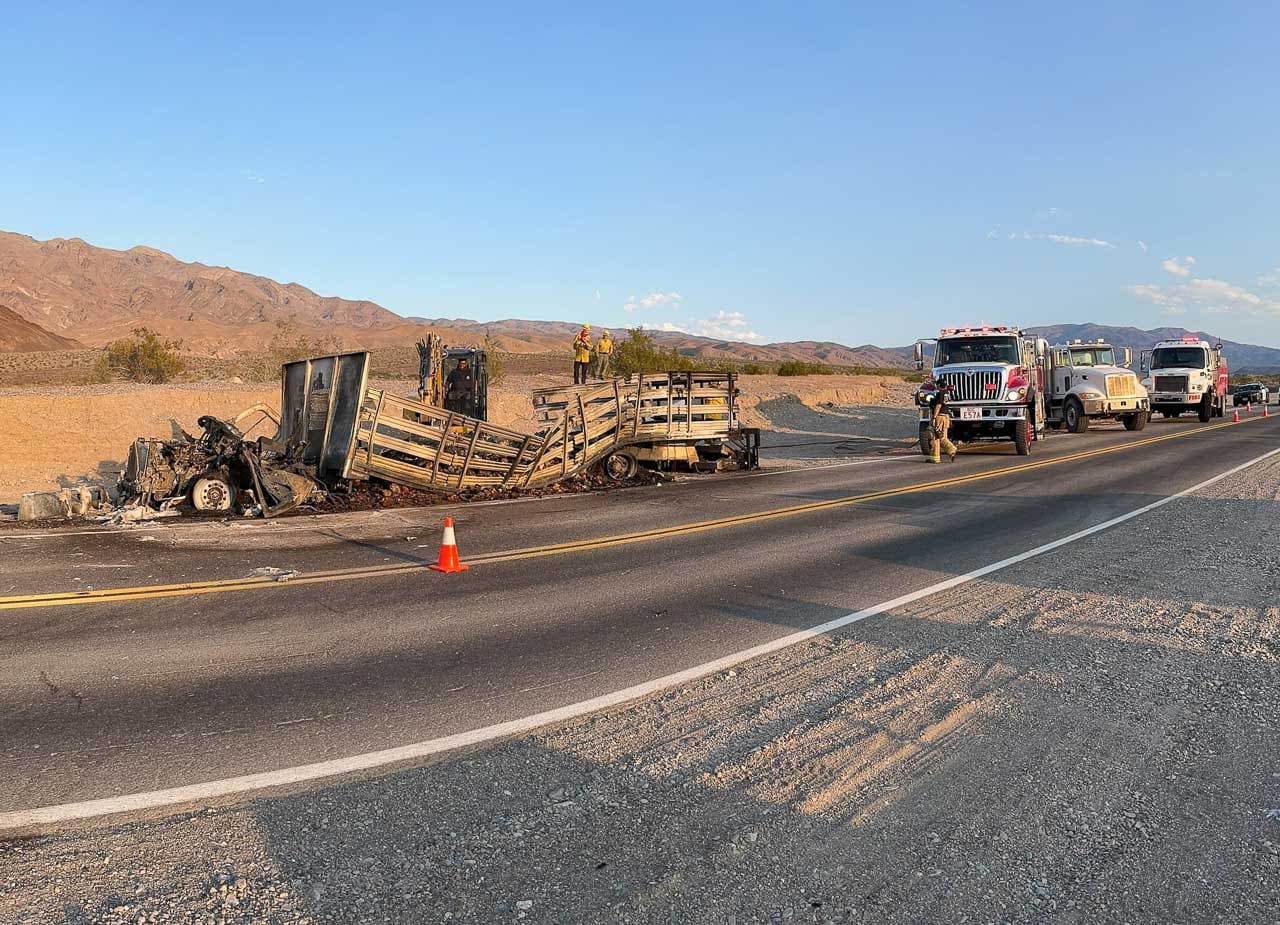
On Sunday, July 21, a car caught on fire at Dante’s View in Death Valley National Park.
No one was hurt, but the vehicle was destroyed. The cause of the fire is not known but is suspected to be an electrical issue. This is the fifth vehicle fire in the park in the past year.
Most vehicle fires in the park are due to brakes overheating on long, steep descents (such as the truck fire reported above).
Amargosa Volunteer Fire Department and Pahrump Fire Department responded to the fire. The National Park Service fire engine was unable to respond due to insufficient numbers of fire-trained staff available. Park rangers did respond in patrol vehicles.
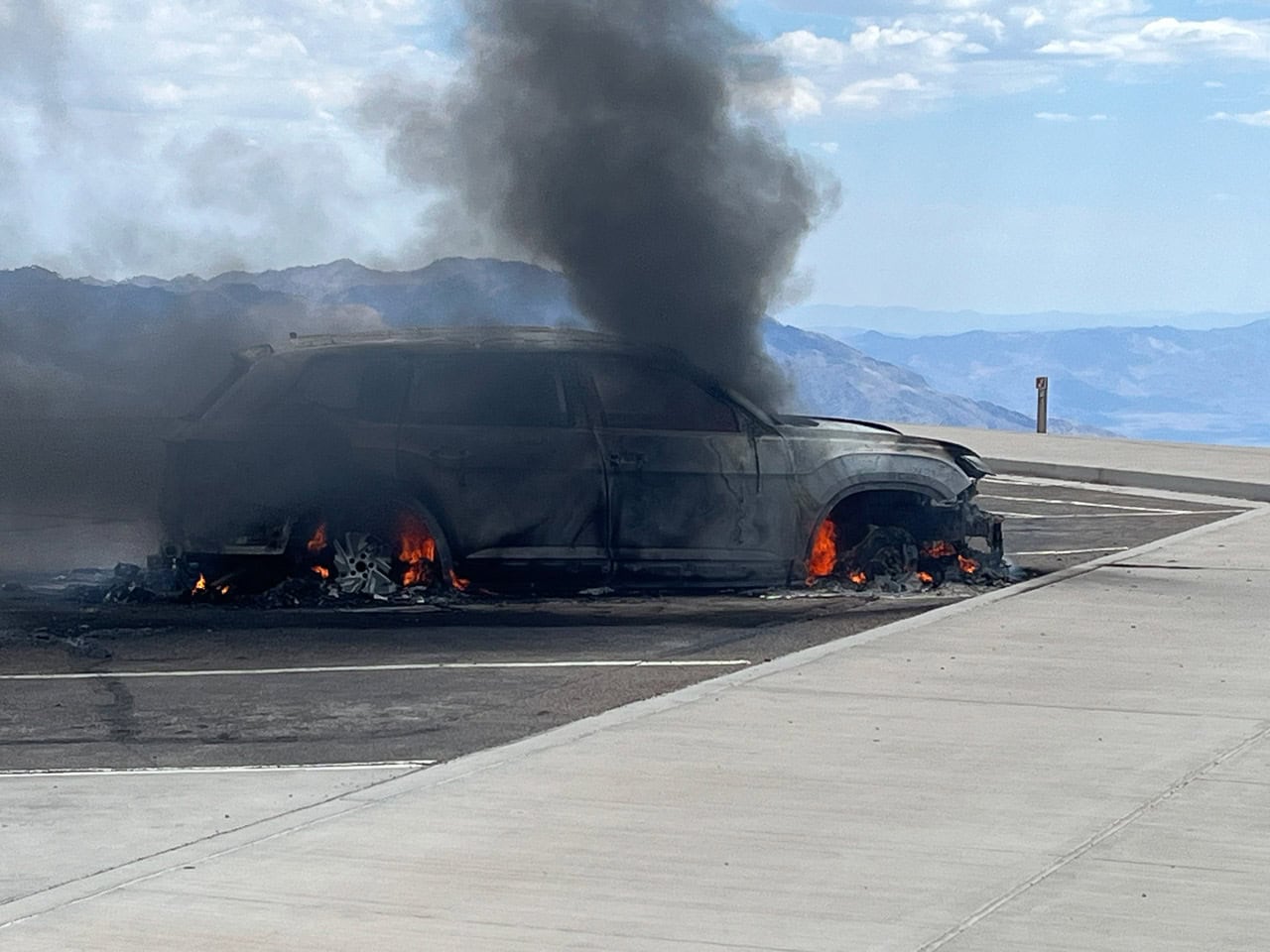
Heat Wave
Between July 4 and 12, Death Valley National Park reached at least 125°F (51.7°C) for nine consecutive days. This is extreme even for a dry and hot place like Death Valley.
A thunderstorm triggered a power outage around 4:45 pm on Saturday, July 13. The issue was on a powerline from a Southern California Edison (SCE) substation leading to Furnace Creek Visitor Center, National Park Service offices, and employee housing.
SCE supplied a large generator, and Furnace Creek Visitor Center reopened the next Monday morning. NPS housing and offices remained without power. The affected employees, families, and pets were evacuated to nearby hotels.
Park visitors were only affected by the Visitor Center closure. Hotels, restaurants, and gas stations in the park did not lose power.
Average high temperatures in July are 117°F (47°F). The recent heat wave included three daily heat records and peaked at 129.3°F (53.9°C) on July 7. This was the park’s second-longest streak of high temperatures at or above 125 degrees, just behind the ten-day streak measured in 1913.
The National Park Service encourages park visitors to stay safe in the summer by not hiking at low elevations after 10 am, staying within a short walk of air conditioning, drinking plenty of water, and eating salty snacks.
Rescues
On Thursday, July 18, bystanders helped rescue woman suffering from heat illness in Death Valley National Park.
A man and a woman started hiking the Badlands Loop at 9:30 am, in temperatures around 110°F (43.3°C). The man later told park rangers that their hike was prolonged by getting lost. At some point, the woman was unable to continue walking, and the man returned to Zabriskie Point parking lot to get help.
There is no cell phone service in the area. A bystander drove five miles to report the medical emergency at Furnace Creek Visitor Center around 11 am. Air temperature was around 115°F (46.1°C) at this point.
When park rangers arrived a few minutes later, bystanders were carrying the unconscious woman toward the parking lot. Park rangers cooled the woman in the NPS ambulance and started driving towards a hospital.
Helicopter blades produce less lift in hot air, and some helicopters cannot fly in temperatures above 115°F (46.1°C). Park rangers transported the woman to a landing zone at 3,000 feet, where it was cool enough for the air ambulance helicopter to land safely. Mercy Air transported the woman to Centennial Hills Hospital in Las Vegas.
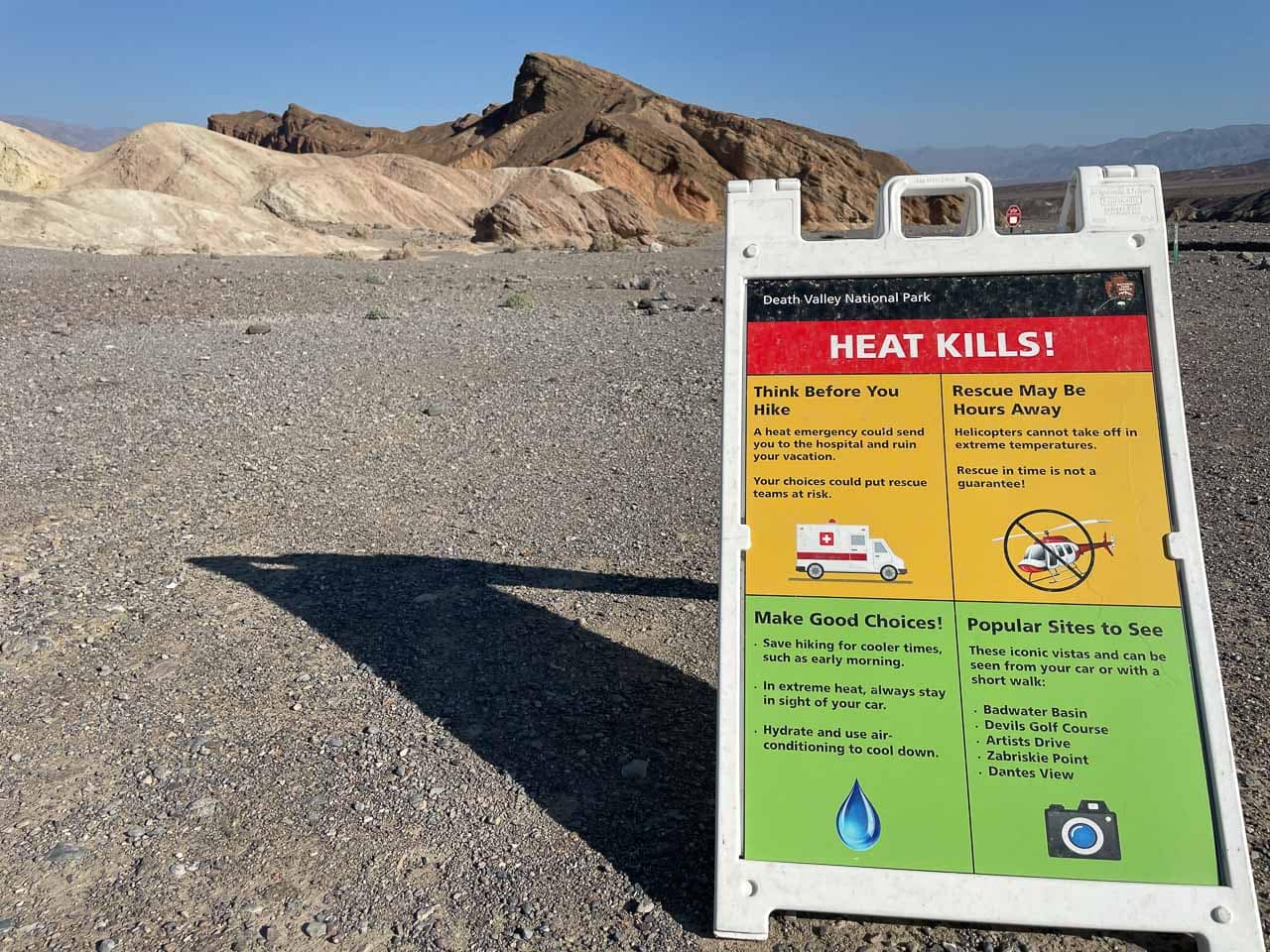
On Saturday, July 20, a man was rescued after suffering full-thickness burns on his feet at Mesquite Flat Sand Dunes in Death Valley National Park.
Park rangers believe the man was taking a short walk on the sand dunes when he lost his shoes. Due to communication challenges, park rangers were not able to determine if his flip flops broke or were lost in sand. The ground temperature would have been much hotter that air temperature, which was around 123°F (50.6°C).
The man’s family called for help and recruited other park visitors who carried the man to the parking lot.
Park rangers determined the man needed to be transported to a hospital quickly due to his burns and pain level. Mercy Air’s helicopter was not able to safely land in Death Valley due to extreme temperatures, which reduce rotor lift.
Park rangers transported the man in an ambulance to a landing zone at higher elevation, which was 109°F (42.8°C). Mercy Air transported the man to University Medical Center in Las Vegas.
Park rangers recommend that summer travelers to Death Valley National Park stay within a 10 minute walk of an air conditioned vehicle, not hike after 10 am, drink plenty of water, eat salty snacks, and wear a hat and sunscreen.
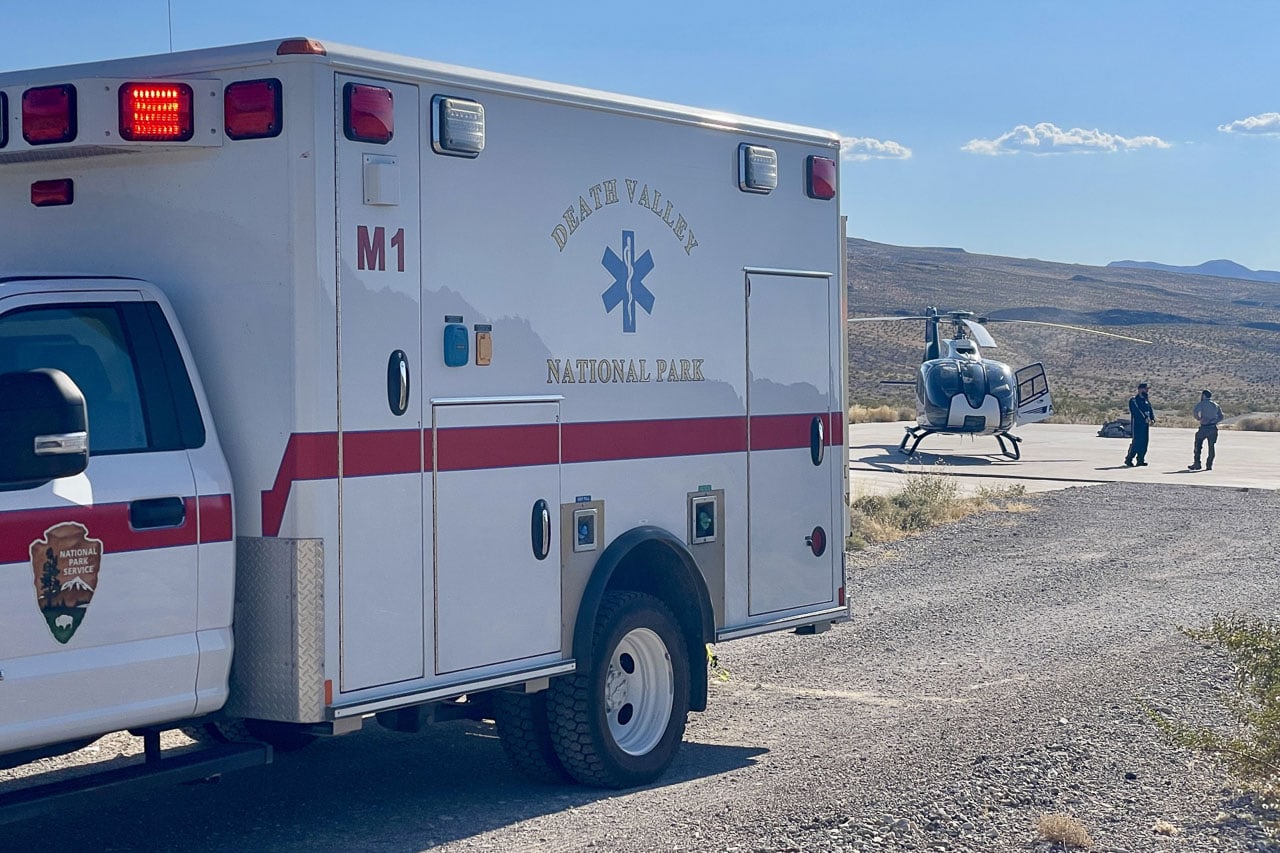
Emergency Plane Landing
On Tuesday, July 2, a small airplane made a successful emergency landing on a road in Death Valley National Park.
The private airplane was flying from Pahrump, Nevada, to Ridgecrest, California, when it started experiencing engine trouble over the south end of Death Valley. The pilot changed course for the nearest airstrip, Maury Sorrells Shoshone Airport, but was not able to make it.
The aircraft made an emergency landing on California Highway 178 west of Salisberry Pass in Bradbury Wash. There were no injuries.
Inyo County Sheriff, Caltrans and California Highway Patrol personnel responded and helped to safely escort the aircraft off the highway and onto a wide shoulder where it no longer blocked traffic and could be parked in a safe location. The plane was later removed by trailer.



